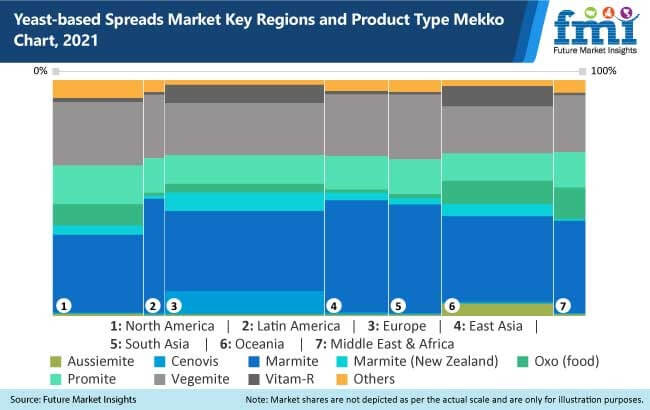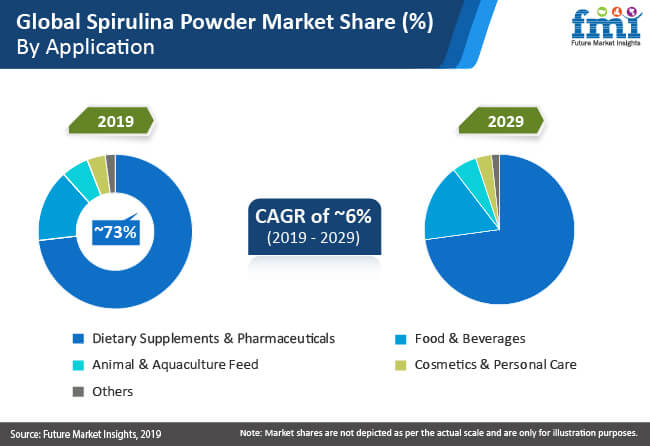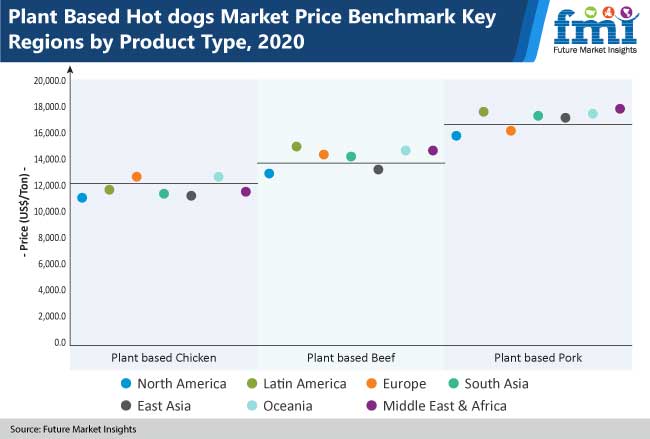Yeast-based spreads sales are surging in response to the rising demand for vegan, vegetarian, gluten-free, dairy-free, halal, natural, kosher, and fat-free food items. According to a new study by Future Market Insights (FMI), an increasing number of market players are expected to focus on fulfilling the aforementioned claims to gain impetus amid rising competition. Driven by these factors, the yeast-based spreads market is expected to reach US$ 398.8 Mn in 2021.
The rising prevalence of gluten intolerance and the increasing demand for dairy free products will continue enabling sales in the market.

Key Takeaways from Yeast-based Spreads Report
- Yeast-based spreads market is expected to rise at above 8% CAGR between 2021 and 2031
- Rising prevalence of obesity and diabetes will push demand in the U.S., enabling it account for more than 75% of sales in North America
- The rising demand for dairy-free bakery will enable the U.K. market to exhibit 4.6% Y-o-Y growth in 2021
- Expansion of the vegan food sector will support growth in France and Germany
- Expansion of retail sector will create growth opportunities in Japan and South Korea
“Rising demand for healthy snacking options will enable sales of yeast-based spreads. This trend will continue especially as consumers seek healthier food options with claims such as organic, non-GMO, gluten-free, and others,” said a lead analyst at FMI.
Request a report sample to gain comprehensive market insights @
https://www.futuremarketinsights.com/reports/sample/rep-gb-9107
Health Benefits of the Yeast-Based Spreads Favours the Market Positively
Yeast-based spreads are considered to be healthy as they have a high content of B-Vitamins. B-Vitamins help in the normal functioning of the brain and nervous systems. And yeast-based spreads products such as Marmite have a high amount of B-Vitamins. They also contain niacin, riboflavin and thiamine, as well as magnesium, calcium, potassium, iron and selenium, all of which are considered to be healthy essentials for a human body. Yeast-based spreads being a healthy alternative favours the yeast-based spreads market positively which increases the growth of the market.
Veganism Boosting the Yeast-Based Spreads Market
Yeast-based spreads are vegan products. The Vegetarian Society has certified products such as Marmite “100% Vegetarian”. The increased numbers of consumers who have turned to veganism or partly participating in the vegan trend are also boosting the yeast-based spreads market in the foreseen period. The vegan food trends are at a fast pace due to the new technological innovations which are making non-vegans adopt or try these new vegan products such as Yeast-based spreads as they are more nutritious than the other counterparts.
Diverse Applications of Yeast-Based Spreads Driving Sales
Yeast-Based Spreads are no longer considered just to be a breakfast option had with bread. Though yeast-based spreads are becoming general as a companion product for bread during breakfast time, these are increasingly used to facilitate convenience in preparing other dishes. Spreads are widely being used at corporate lunches, and convenience snacking times, dining events, apart from the conventional breakfast. For instance, Yeast-based Spreads can be used as a bakery filling and with cold dishes for lunch or dinner, savoury spreads can be used in pizza and pasta. The versatility of yeast-based spreads is thus, expected to drive the growth of the yeast-based spreads market over the forecast period.
To Get This Report at an Attractive Cost, Click Here @ https://www.futuremarketinsights.com/request-discount/rep-gb-9107
Increasing Consumption of Yeast-based Spreads as a Flavor Enhancer
The shift among manufacturers from artificial ingredients to natural ones has resulted in the manufacturers finding alternatives for MSG which is manufactured synthetically and is used in numerous food products. This has led to a growing demand for yeast products as a food flavour enhancer. This is more popular in the developed countries as the consumers as well as food processing manufacturers are well aware of the products that are available in the market and the products that are in the development phase. Also, the consumption of processed food products has increased owing to the changing lifestyle of the consumers and the increase in urbanization. This has also increased the demand for yeast-based spread as a food flavour enhancer which is leading to an increase in the market growth of the yeast-based spreads market in the forecast period 2021-2031.
Expansion of HoReCas Creating Sales Opportunities
In Oceania and European countries where there is a larger market of yeast-based spreads, if there is a rise in the number of retail chains and HoReCa chains then the demand for the yeast-based spreads would be increased too which in turn will propel the yeast-based spreads market in the forecast period 2021-2031.
Who is winning?
Numerous companies in the yeast-based spreads market have brought in different strategies to stay ahead in the competition. For instance,
- In 2017, Bega Cheese, one of the key players of the yeast-based spreads market developed a new strategy to reduce its cost by stopping all the third-party contracts. This helped them to reduce the costs of the manufacturing
Some of the other companies are focusing on improving their product portfolio. For instance,
- In 2019, Mars acquired Foodspring, a company based in Berlin which deals with direct-to-consumer targeted nutrition company
Some of the leading companies in the yeast-based spreads market are Mars Foods, Unilever Plc., All Natural Foods of Stirling, Nature’s Blend, Jardox Ltd., Sanitarium Health & Wellbeing, Bramwells, AussieMite, Marmite (New Zealand), Oxo (food), VITAM, Bega Cheese, and Three Threes Condiments Pty. Ltd.
Get Valuable Insights into Yeast-based Spreads Market
Future Market Insights, in its new report, presents an unbiased analysis of the global plant-based nuggets market, covering historical demand data and forecast figures for the period between 2021 and 2031. The study divulges compelling insights into the growth witnessed in the market. Based on Product Type Yeast-based Spreads Market, has been classified into Aussiemite, Cenovis, Marmite, Marmite (New Zealand), Oxo (food), Vegemite, Vitam-R, Others. Based on Nature, the Yeast-based Spreads Market is segmented into Organic, Non-GMO, and Conventional. In terms of end-use, it has been classified into Food Services and Business to Consumers, where Food Services is further classified into Hotels, Restaurants and Cafes. And Business to Consumers is further classified into Hypermarkets/Supermarkets, Convenience Stores, Mom & Pop Stores, Discount Stores, Food Specialty Stores, Independent Small Groceries, Online Retail, Other Retail Formats. Regionally, the market covers North America, Latin America, Europe, East Asia, South Asia, Oceania, and the Middle East & Africa.

